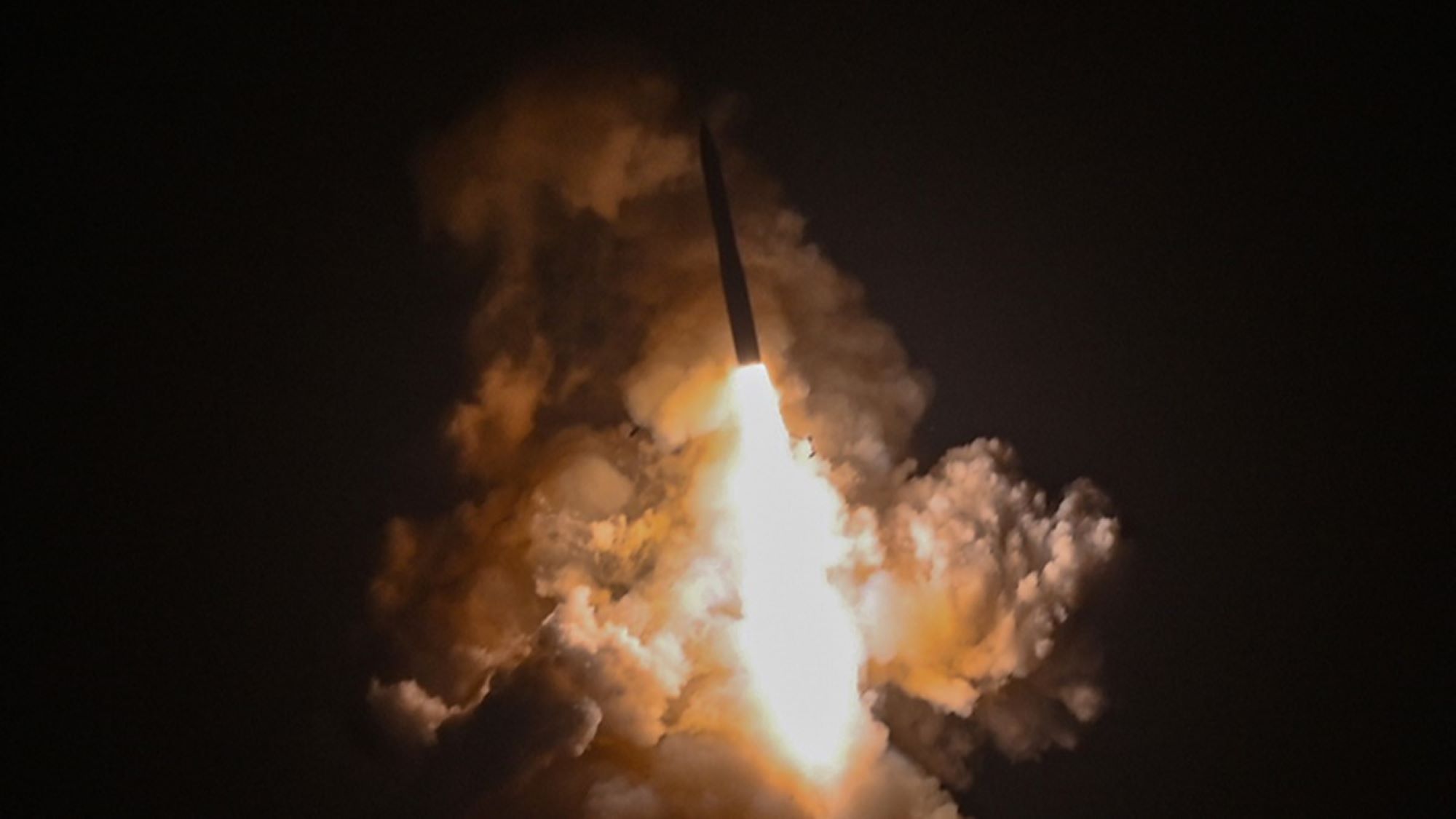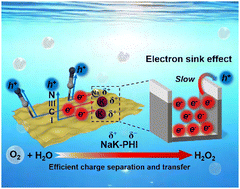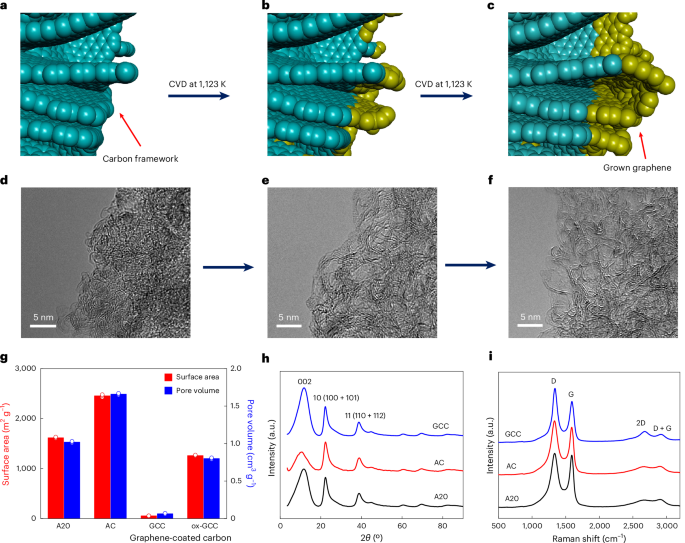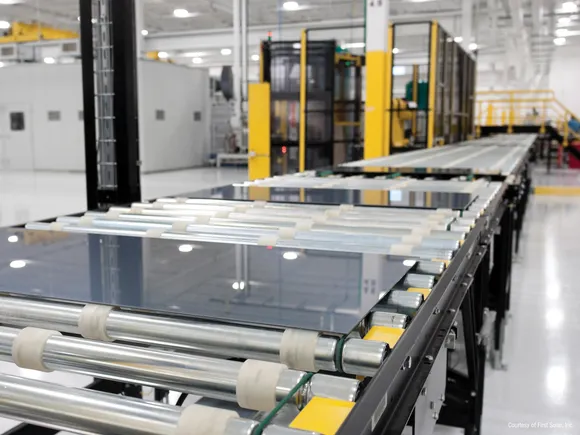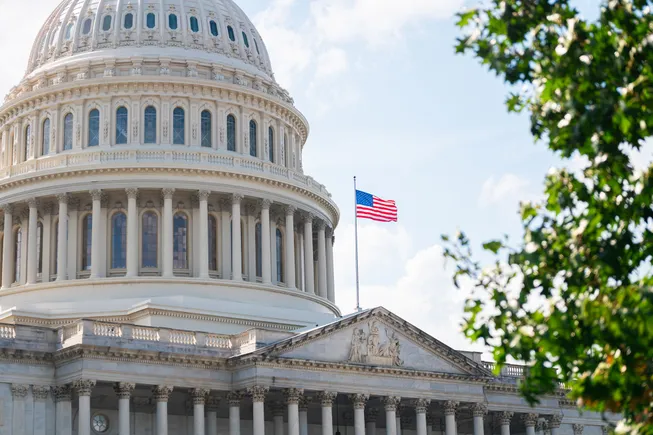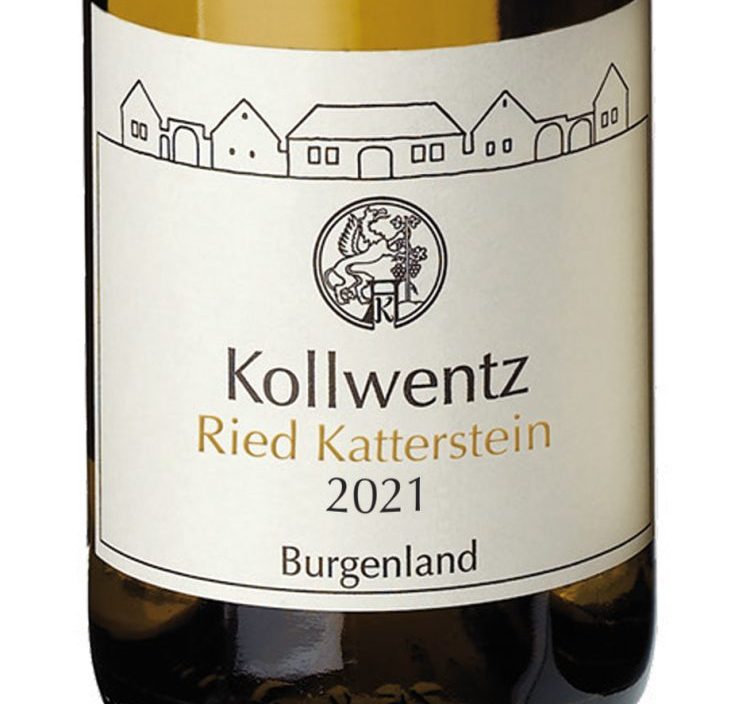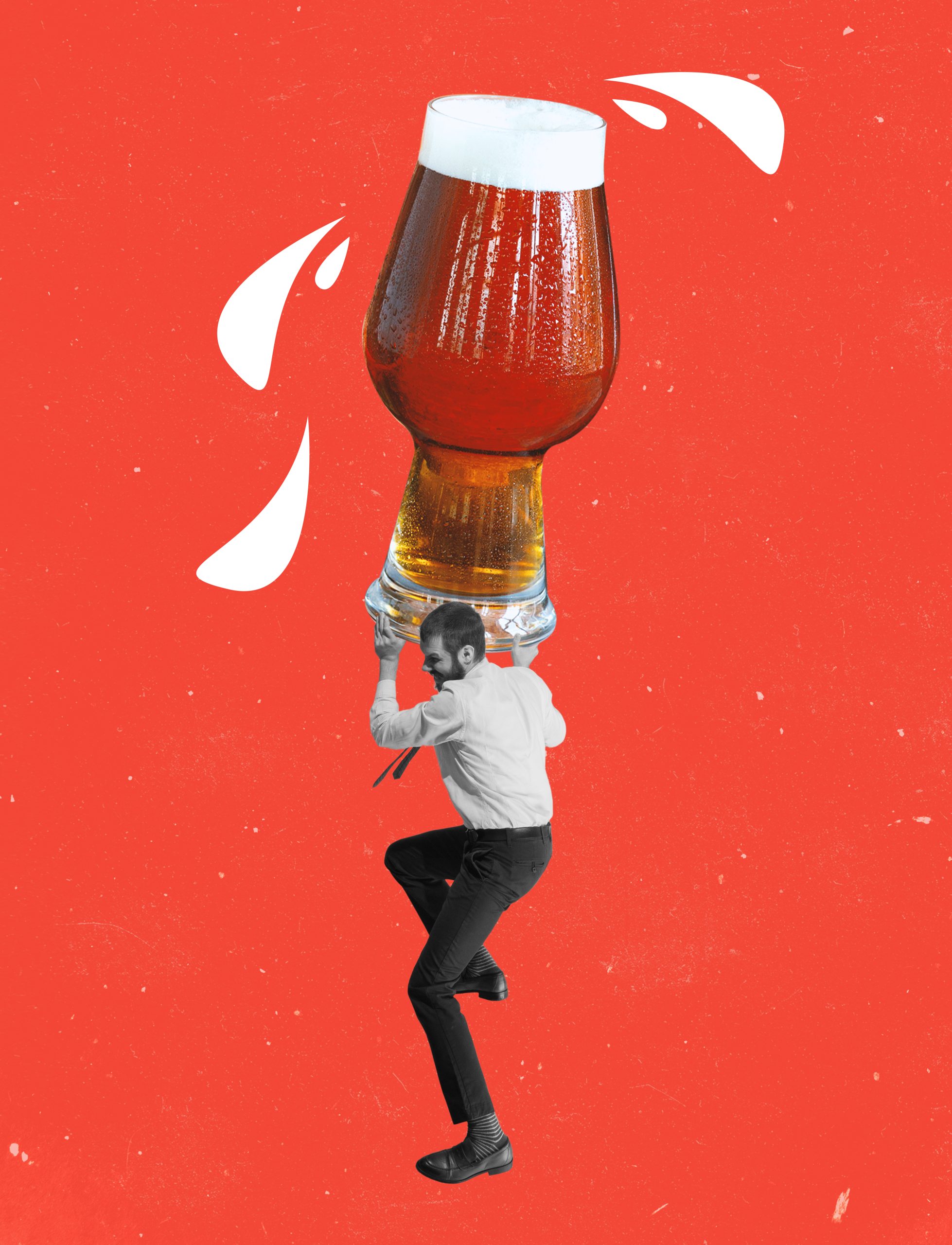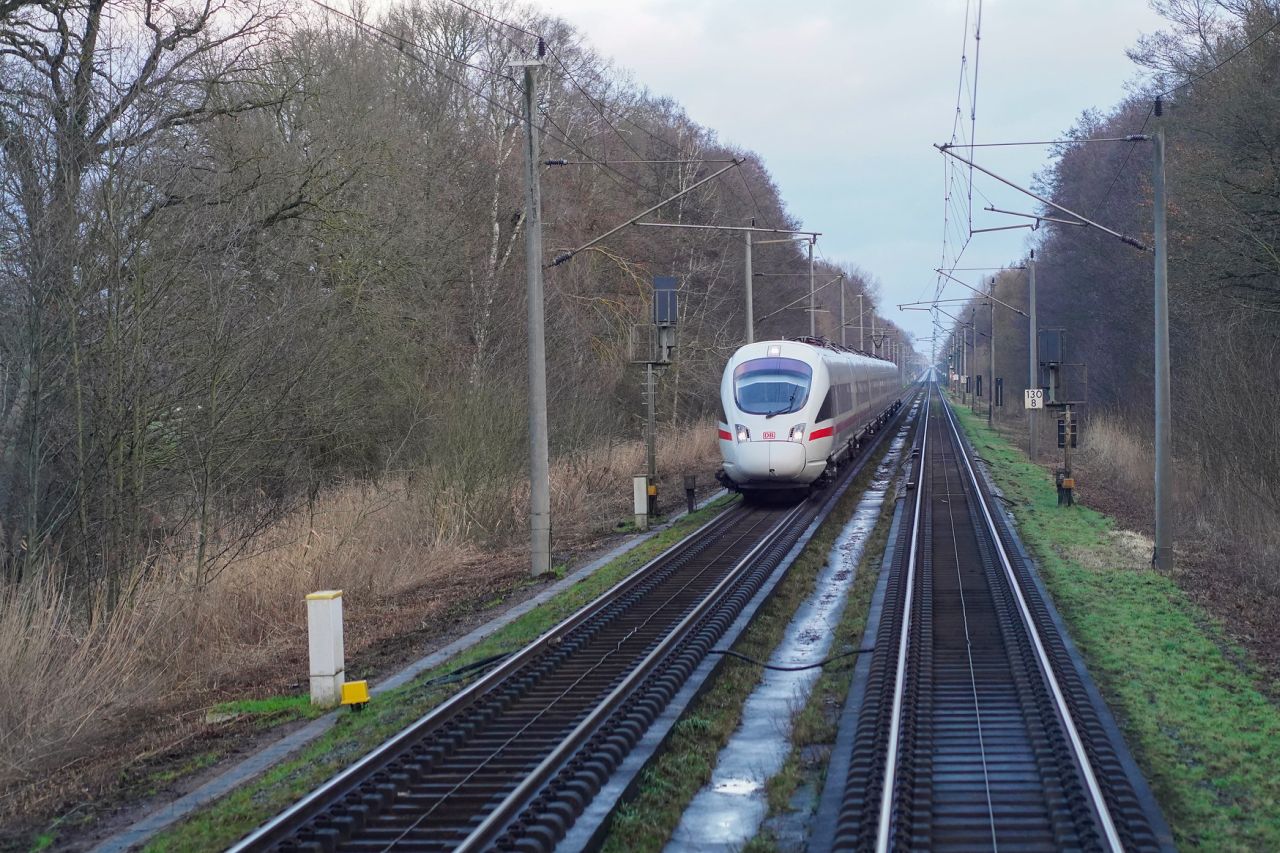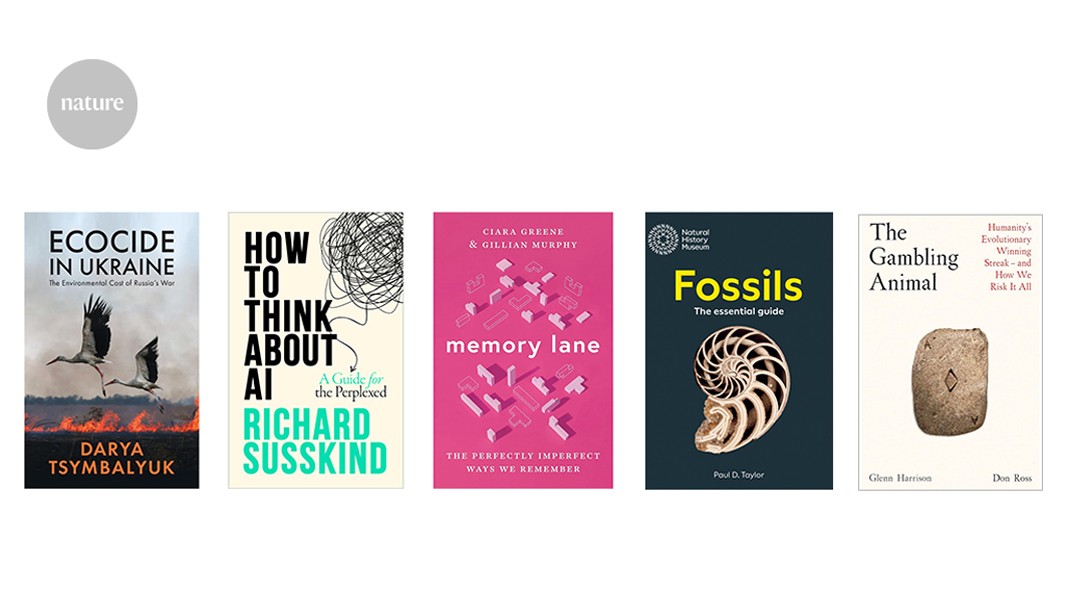Great Southern may have a relatively young wine industry, but its ancient landscapes are proving perfect for cooler climate viticulture, especially in its benchmark Riesling and Shiraz. Ahead of a masterclass in Singapore on Monday, db explores the region’s wines.
The Great Southern wine region in Western Australia is, enticingly in a global wine market, underexplored. It still has the appeal of an undiscovered gem, when many consumers are intimately familiar with Australia’s most famous regions.
More than that, it is a region teasingly packed with apparent contradictions. Its landscapes and terroirs are truly ancient, often showing billions of years of geology. Yet its wine industry is relatively green, with the first commercial vineyard still a year shy of its sixtieth anniversary.
In size too, it is a complex picture. The geographical indication spans more than 17,000 square kilometres yet it accounts for just 2% of Australia’s vineyard area. By comparison, Barossa has 7% of the nation’s vineyards, but is around one thirtieth of the size of Great Southern.
Far from handicaps, however, these complexities are key to the region’s appeal. Ahead of a masterclass and free-pour tasting in Singapore,
db explores how Great Southern is making a name for itself.
A magnificent landscape
As an agricultural product, the land is always important in winemaking, yet in Great Southern, it is absolutely essential. None of the region’s wines make sense without first understanding the landscape.
Its age is one key consideration, with much of the landscape stretching back billions of years. In its northwest corner, including parts of the Frankland River sub-region, its geology dates back around 2.6 billion years, evidenced by granite and laterite in its distinctive terroirs.
Isolated from the rest of the world for millions of years, and scarcely touched by humanity save for the First Nations Noongar people, it has a remarkable biome. The vineyards of Great Southern are surrounded by a unique, endemic ecosystem, often marked out as one of the key international areas whose biodiversity must be protected.
Yet, spread out over such a large area, Great Southern is far from monolithic. For instance, although the Southern Ocean cools it overall, its sub-regions show different climatic profiles. Inland Mount Barker is much more continental than coastal Albany, for instance.
From the rugged coast to inland vineyards 370 metres above sea level, Great Southern offers producers myriad choices for where to make their wines. Moreover, perhaps because there are just decades – not centuries – of winegrowing heritage behind them, they can approach winemaking with a liberal, distinctive approach. Nowhere is that clearer than in their approach to two signature varieties: Riesling and Shiraz.
A fresh approach to Riesling
Aromatic and lively Riesling has a global reputation for a good reason: it is a staggeringly versatile variety. For producers in Great Southern, that is a boon – they can make Riesling according to the particular qualities of their terroir.
You can, however, paint a broad picture of the style. The cool climate means that the vines enjoy a long growing season. That facilitates powerful aromatics, but the acidity always remains, creating wines that are nervy, citrus-led and linear. The region’s diverse and ancient soils, meanwhile, frequently lend the wines a mineral edge.
The wines are also known for their ageworthiness. In a cooler climate, Riesling accumulates fewer of the precursor molecules that lead to petroleum aromas. Hence, on ageing, they retain their structure and acidity, but develop nuanced tertiary aromas of honey and toast.
Yet Great Southern Rieslings are not homogenous. Each sub-region will bring its own unique charm. The most inland, Frankland River, tends towards a fuller style. Mount Barker is known for its intensely floral aromatics. Porongurup has a reputation for particularly linear, lime-focused Rieslings.
There are also variations in production. Although the most popular approach is to interfere as little with the fruit as possible, there are increasing numbers of producers experimenting with wild fermentation and different ageing regimens.
That means there is still space for the region’s classics.
Howard Park, for instance, first produced its Great Southern Riesling in 1986. It is a wine marked by care and respect for the fruit: plots are vinified separately in stainless steel and then blended together in the winter after harvest. The wine has great ageing potential, with a selection held back in many years to serve as a museum release six or seven years later.
You could likewise look at
Singlefile Wines for a benchmark expression. Its Great Southern Riesling has many of the region’s hallmarks: lime zest and stony minerality, with strong acidity. It also undergoes a little lees stirring, adding subtle texture to the dry palate.
Experimentation, however, can thrive in Great Southern. For its single vineyard Riesling,
The Next Hundred Years picks in the cool of the night to preserve the region’s quintessential freshness, while its focus on wild fermentation adds another dimension of site specificity tov the wine.
Likewise, there is plenty of experimentation at
Plan B! Wines. There, the Riesling comprises just the free run juice, vinified at cool temperatures, settled and bottled without fining. Unusually, it produces both dry and off-dry examples with this method, demonstrating that bone dry linear Riesling is not the only option in Great Southern.
Shiraz – riffing on a classic
As the grape variety most synonymous with the country, Shiraz can be overlooked by no Australian region. Yet, thanks to its cooler climate, Great Southern has a character all of its own.
The region’s dry climate lends the wines intensity and concentration, unveiling complex aromas of blackberry, black cherry, plum, liquorice and spice. Its cool nights, however, ensure that the grapes do not overripen and so their power is matched by elegance.
For most producers, the work in the vineyards is the most important part of the process, with the winemaking designed to showcase its potential. That is certainly the case at
Cherubino Wines – in its Shiraz, as with all its wines – the most important stage in winemaking is growing the very best grapes.
Yet, thanks to its relative youth as a premium region, Great Southern wineries take a liberal approach in crafting Shiraz. Producers are increasingly experimenting with alternative winemaking to best express the region.
At
Fervor Wines, for instance, the cool climate lends fresh berry and spice aromas to its No Royalty Syrah. These are then supplemented by the supple fruity aromas of whole bunch fermentation; portions of the grapes are hand-picked to allow this.
Working at
Swinney Wines, the team similarly uses some whole bunch fermentation to create a fruit-forward expression for their Swinney Syrah. They also employ a range of vessels – oak barrels of various sizes and ages, as well as stainless steel – and wild fermentation to add in texture and complexity.
Complexity from oak is also a theme for
3 Oceans Winery in its The Explorers Single Vineyard Shiraz. While many producers and regions are strongly tied to one type of oak – think, for instance, of American oak in Rioja – a combination of French, Hungarian and American oak lends the wine added layers of complexity.
The region is even exploring alternative packaging formats.
Small Things Wine offers a range of Western Australian wines in cans, including a Shiraz from the renowned Frankland River sub-region. Fittingly for a young wine region, it seems Great Southern producers are already setting themselves up for the future of the wine trade.
Great Southern is hosting a masterclass of its wines at 10am on Monday 26 May at HAUS217, 217 Lavender Street, Singapore 338772. Visitors can register to attend here.
The wines presented will be:
- Fervor Dokta Nova Riesling 2024
- Singlefile Great Southern Riesling 2024
- Cherubino Frankland River Riesling 2023
- The Next Hundred Years Riesling 2023
- Small Things Frankland River Shiraz 2022
- 3 Oceans The Explorers Single Vineyard Shiraz 2022
- Howard Park Scotsdale Shiraz 2022
- The Next Hundred Years Syrah 2022
- Swinney ‘Farvie’ Frankland River Syrah 2023
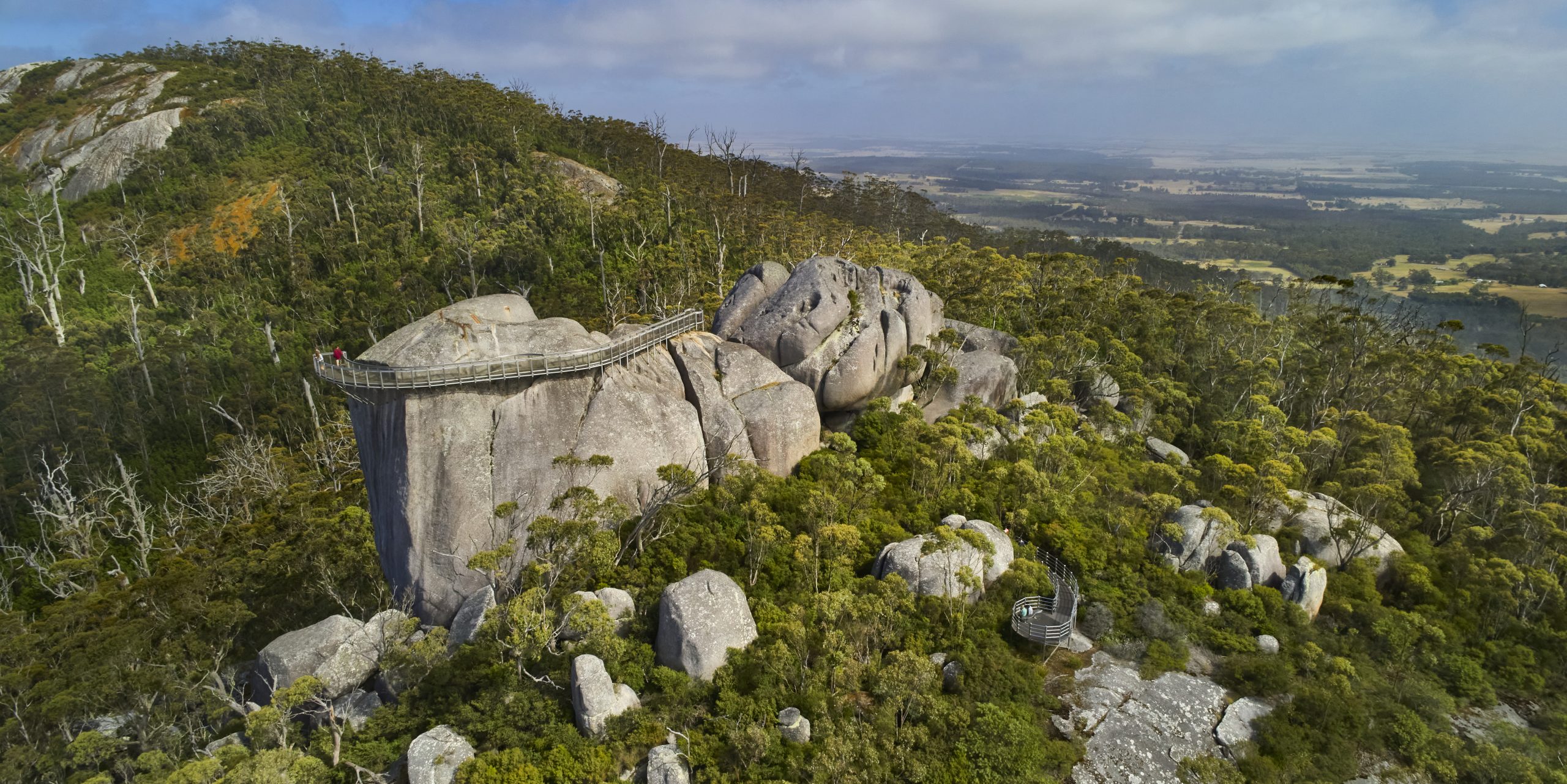

















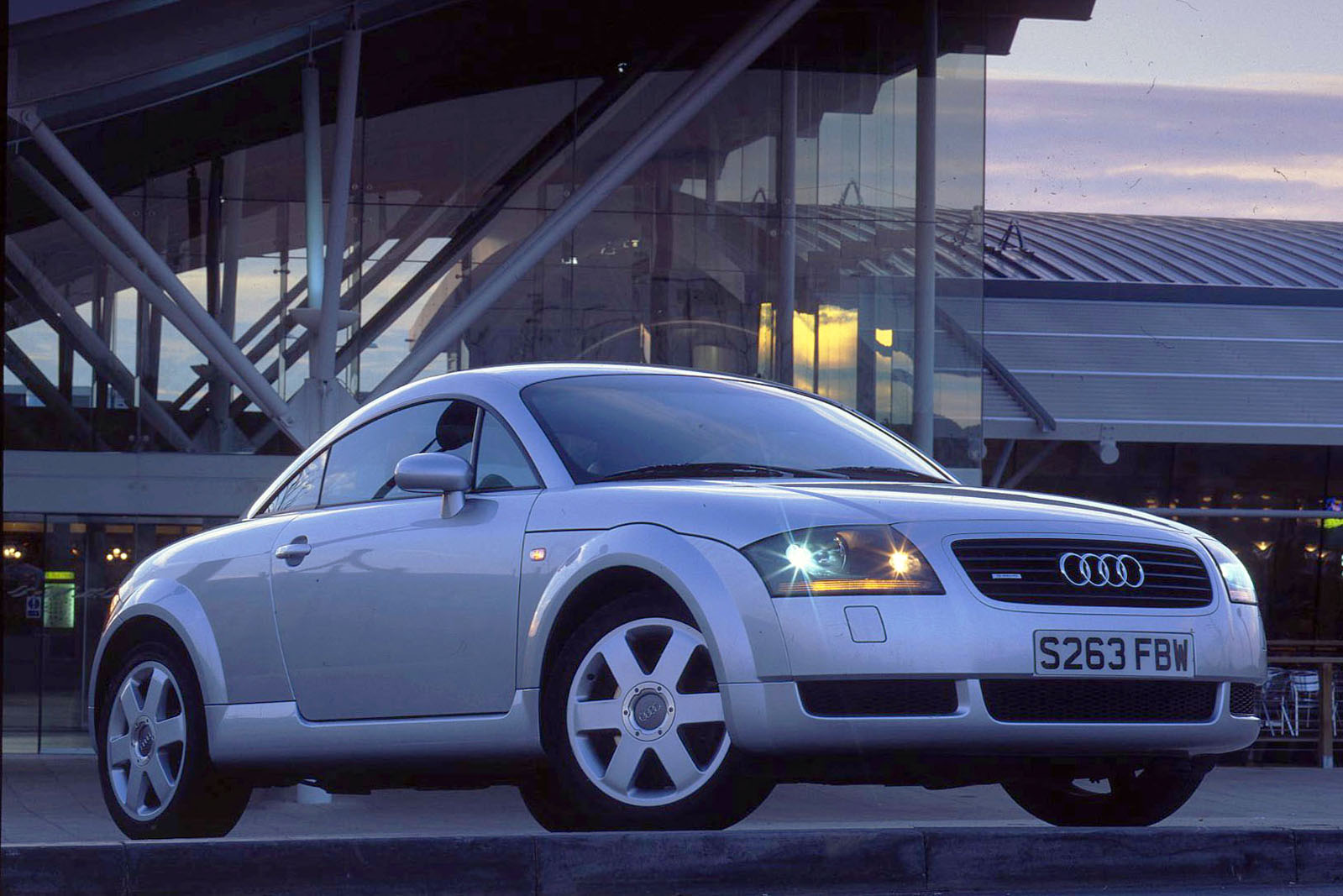


































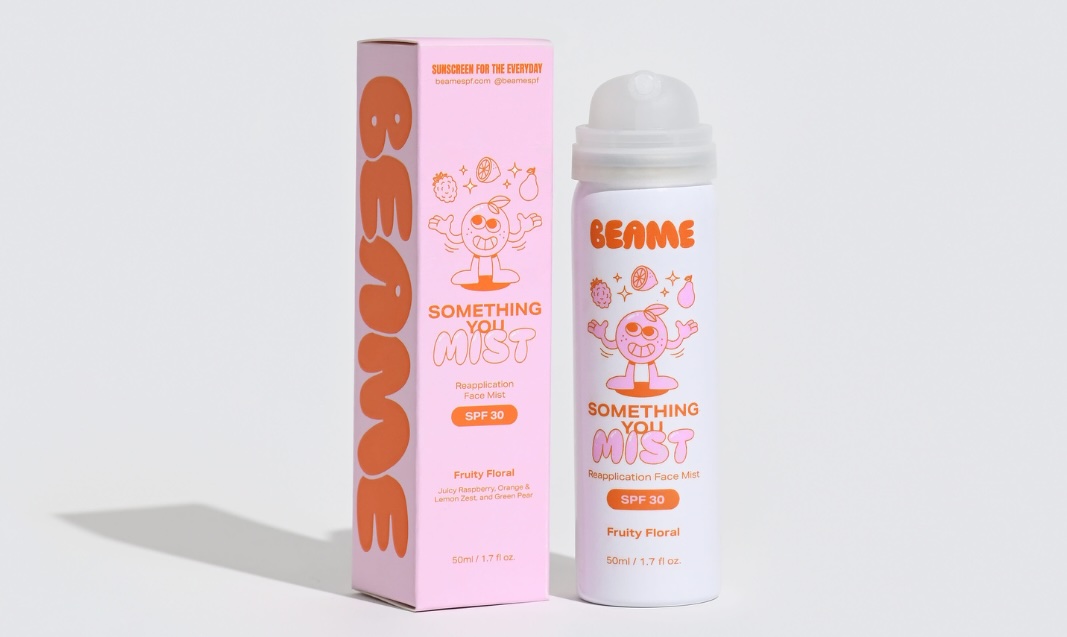












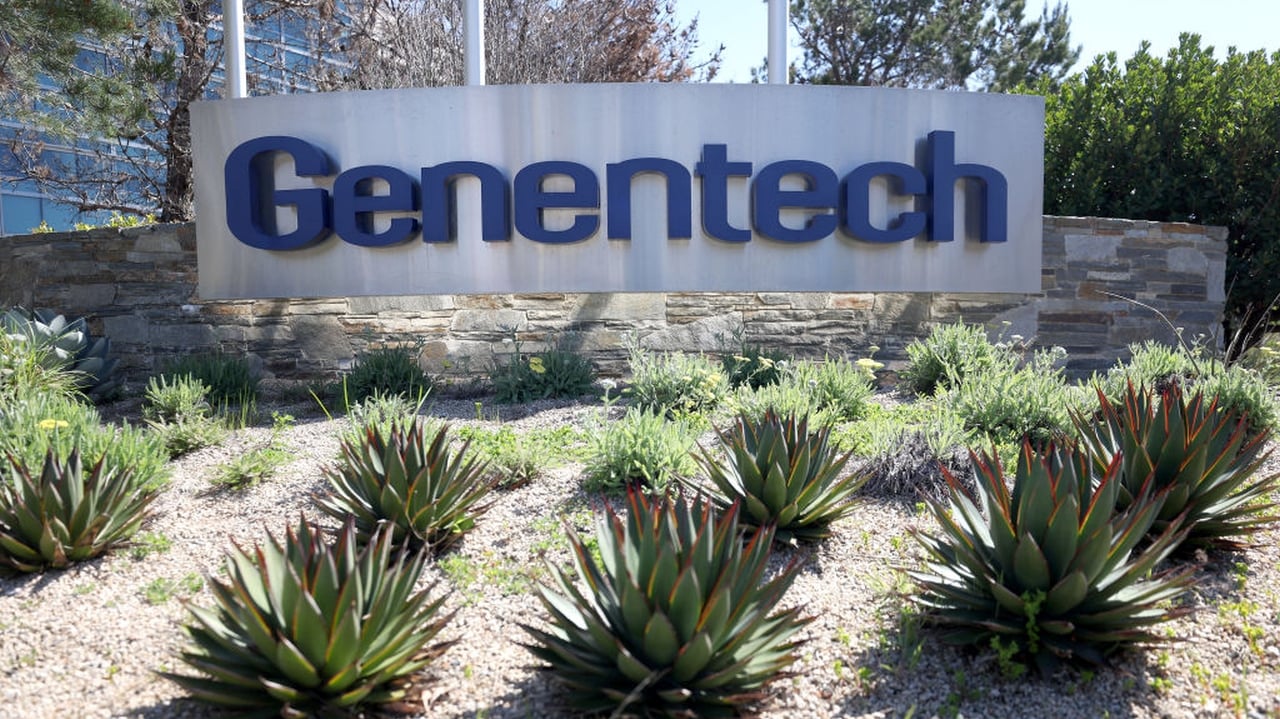





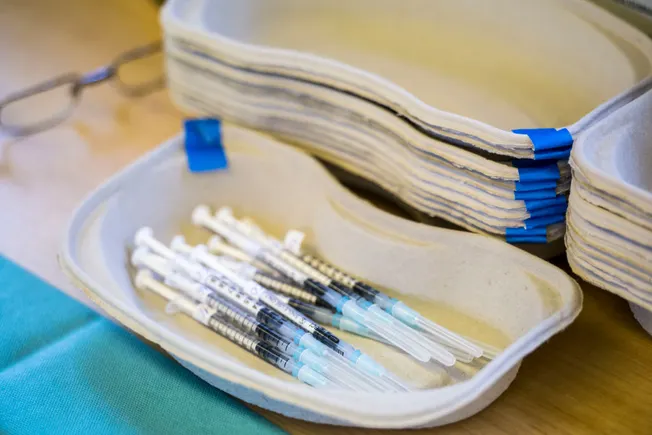
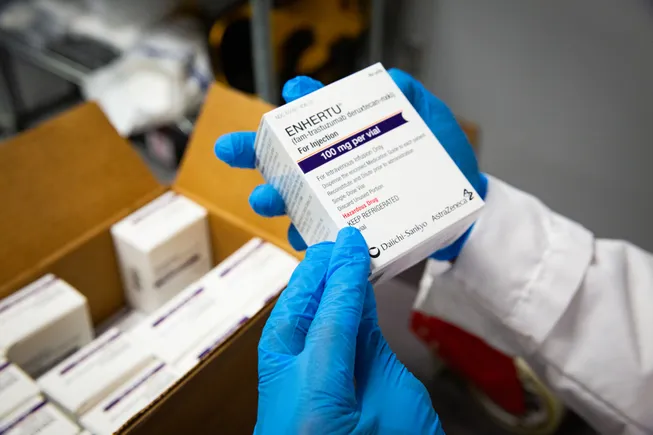
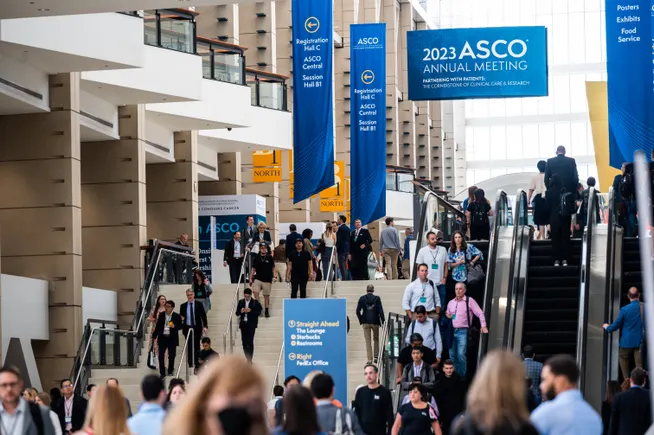
















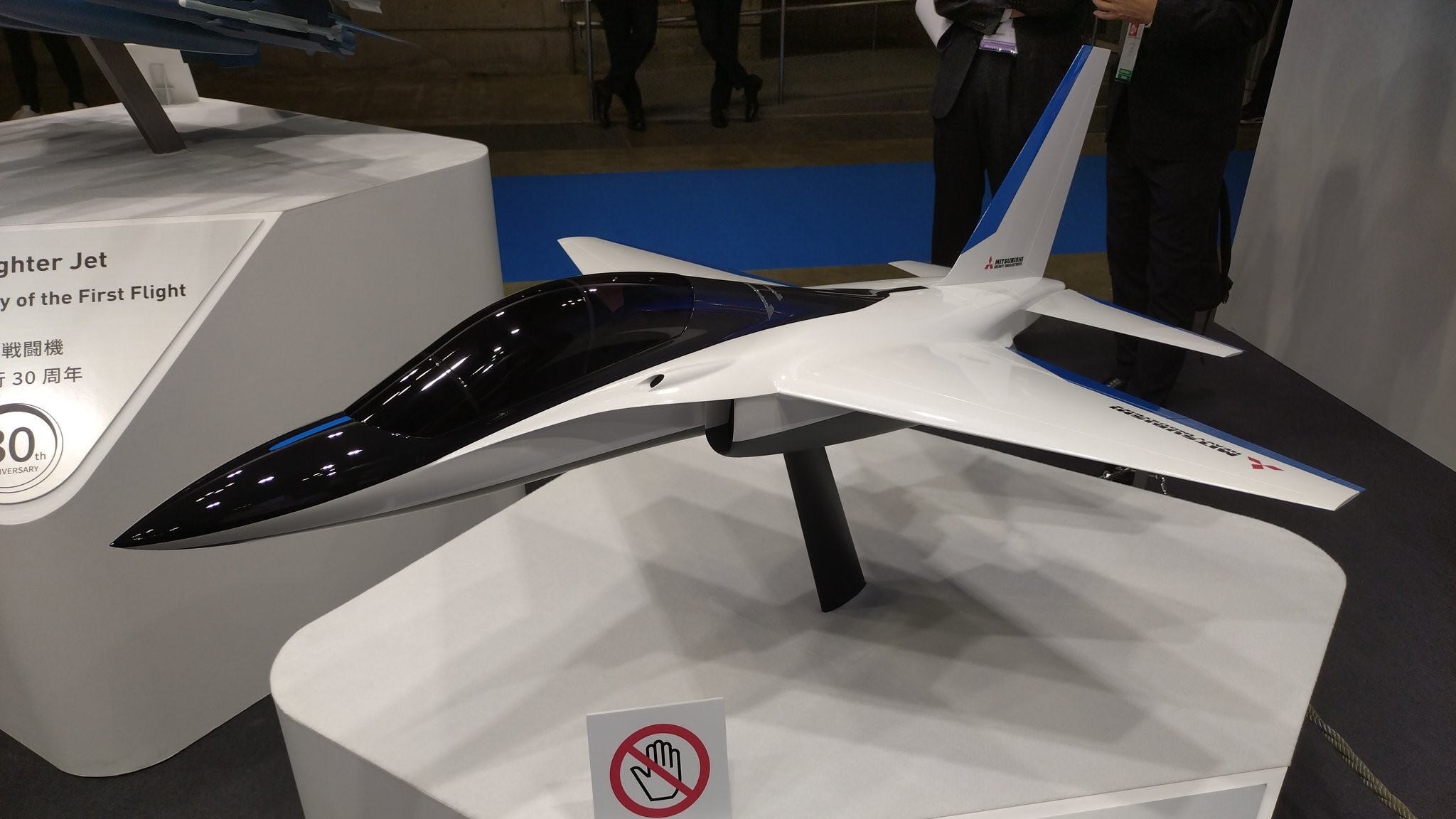


![The F-35’s future: The power and cooling competition that could change everything [Video]](https://breakingdefense.com/wp-content/uploads/sites/3/2024/09/240924_F35_moon_USAF-scaled-e1727200160419.jpg?#)














